VHO - Protecting institutions, changing the way of interacting with heritage, bringing heritage closer to life, "breathing the soul" of the times into heritage, that is what the Culture and Conservation sector needs to steadfastly set out, research and experiment.
But more importantly, from the perspective of interaction and how to preserve heritage, the story needs to return to the role of people participating in that process. Mr. Le Tri Cong, a researcher of Cham culture in Da Nang, commented that nurturing heritage by investing in people is the best way!
Honoring the hands of artisans?
What excited Mr. Le Tri Cong was the news that the Hue Monuments Conservation Center had organized an award ceremony for 111 skilled artisans and craftsmen who participated in the restoration of Thai Hoa Palace.
“This is the first time I have heard of such an award. For a long time, after each restoration project, we only hear about the great values, the investment sources, and then the rewards for the leaders of this or that unit, but rarely, if ever, have we heard about the construction workers and carpenters being honored. The Hue cultural sector is making an extremely valuable move and from the perspective of museum maintenance, I personally praise that,” said Mr. Le Tri Cong.

According to Mr. Cong, the concern of researchers like him is how long the heritage will last against the flow of time. Every story about the restoration of this temple or that shrine, from Hoi An to My Son and beyond, always struggles with the role of the human being, the artisans and craftsmen themselves.
Their working hands and creative intelligence are the sum of experiences accumulated through the blood and sweat of many predecessors, and are “invincible” values to protect and preserve the integrity of the heritage. So why can’t we glorify and praise those “hands”?
“Imagine 100 years from now, when a Cham tower is damaged by wind and rain, where will we get bricks and stones cast using the traditional manufacturing techniques of the Cham people, if from today, we do not train and care for the craftsmen and their descendants to continue their profession, continue to learn the experiences and techniques of the profession?”, Mr. Le Tri Cong emphasized.
Mr. Phan Thanh Hai, Director of the Department of Culture and Sports of Thua Thien Hue, shared that perhaps everyone has access to and knows about the stories of museum conservation, especially with the complex of Hue Monuments. But, who was the contractor for the construction of Thai Hoa Palace, what techniques were used for carpentry and masonry; who managed the foundry and smelting furnace for the Nine Urns, and what techniques did the workers use to process the molds? This question requires going back in time to understand the issues hidden behind the heritage values.
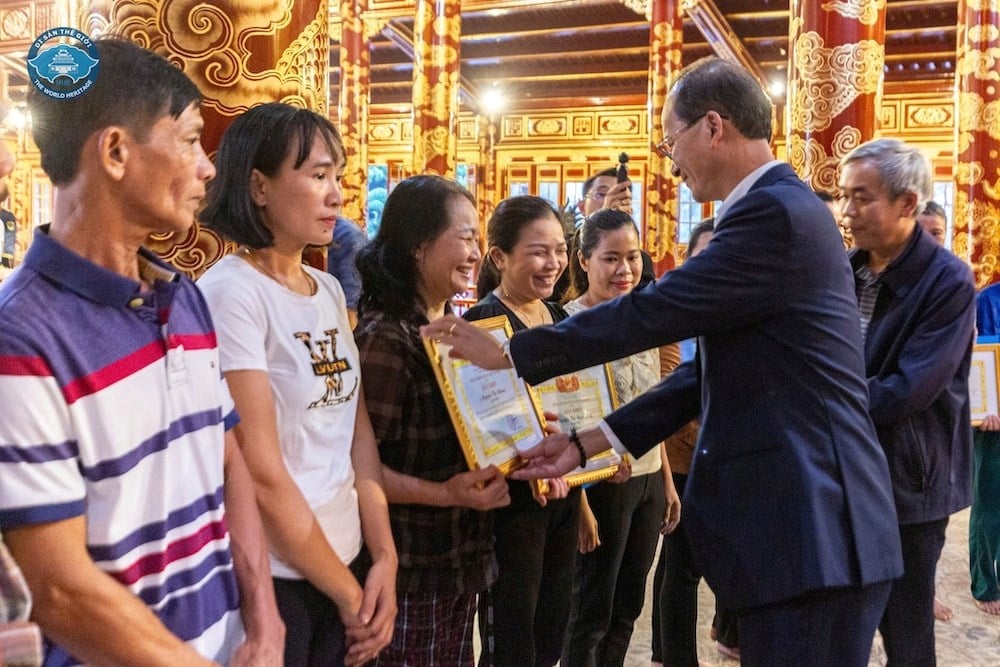
“It can be said that artifacts and works are the results of construction and construction by materials that we can hold and touch, but the “hidden meanings” about the level of the builders and the technological knowledge they have and apply are difficult for us to grasp, and may forever be a question hanging in our knowledge. So, why don’t we, from now on, worry about discovering, caring for and honoring the remaining people of the entire process of moving and gathering that intellectual quintessence?”, said Mr. Phan Thanh Hai.
Need resources to invest in people
Mr. Phan Thanh Hai shared that there have been very interesting stories in China and especially Japan, about the way to organize the maintenance and preservation of cultural heritage. That is, the government assigned clans, families, and villages to take care of heritage works and destinations.
There are even financial funds built from exploiting ticket sales revenue, receiving sponsorship for heritage works, to return to enrich and support the lives of people, artisan families, and workers in that heritage. This method hits the psychology of responsibility of the residents themselves and encourages generations of workers and teachers to directly participate in the process of caring for, protecting, and maintaining the heritage.
With that experience, the ancient capital of Hue is positioning the ways to approach heritage from the "human" perspective. Taking people as the center of heritage, but in fact, what role do people play is the key issue. When heritage conservation management activities and heritage tourism exploitation are associated with the honor of a clan, a craft village, with specific artisans, specific workers, especially their next generations, the results will be very different.
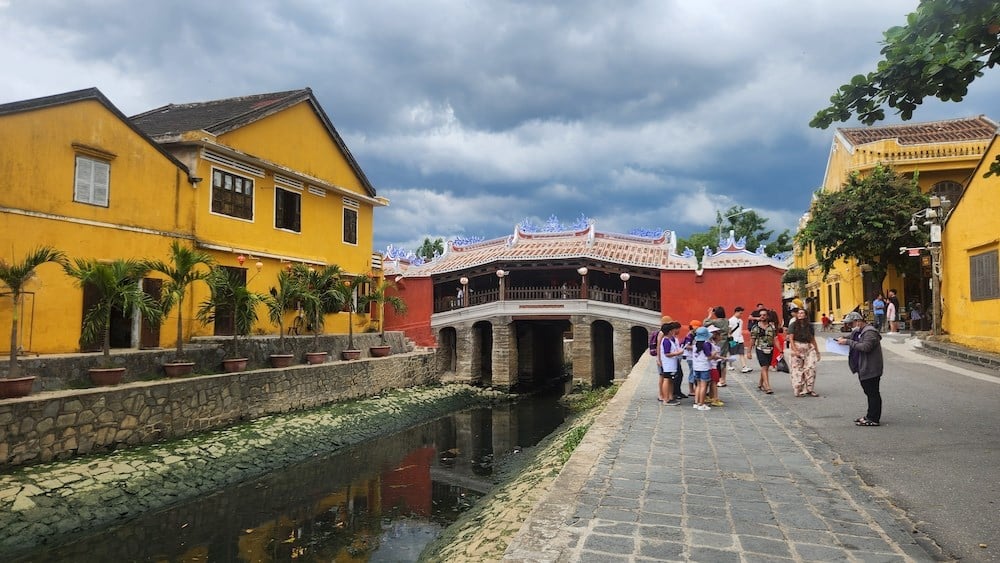
This is also the belief that Mr. Nguyen Van Lanh, Vice Chairman of Hoi An People's Committee, pursues. He believes that the ancient town of Hoi An is a valuable asset, and to preserve that asset, the whole community needs to join forces.
In particular, UNESCO honors Hoi An cultural heritage, not to simply protect buildings and houses but to promote the construction and protection of the community space of Hoi An residents. The living space of Hoi An people is the heritage space of Hoi An.
And that space is the families of talented tailors, meticulous portrait painters... From banh bao banh vac, to ceramic and wooden items in the old town, it must demonstrate the craftsmanship and the mindset of the craftsman, to truly define the lasting heritage.
“We need a long-term strategy to care for and protect the people associated with heritage. These are the artisans and workers, whose lives need to be improved, but further, there are funds and policies to build and support their children and grandchildren to confidently continue their careers. Perhaps, the story of the cultural sector proposing capital for cultural development is precisely the figures for investment in human resources like that. If so, then our vision for investing in heritage must be different,” Mr. Phan Thanh Hai emphasized.
Source: https://baovanhoa.vn/van-hoa/bai-4-boi-duong-di-san-bang-con-nguoi-112757.html










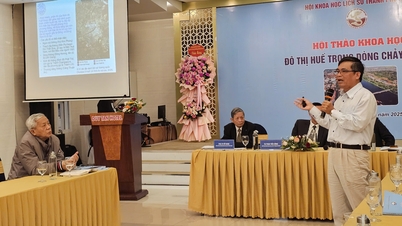

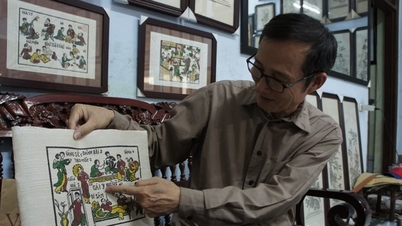






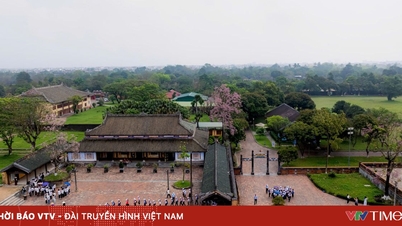





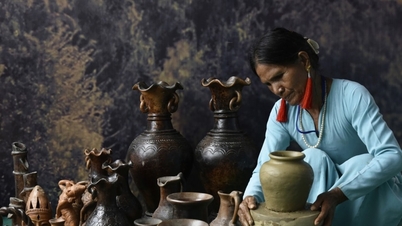
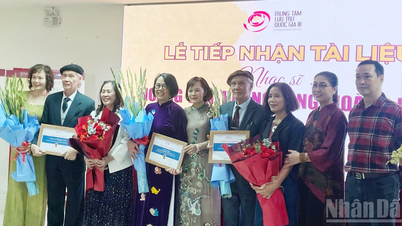






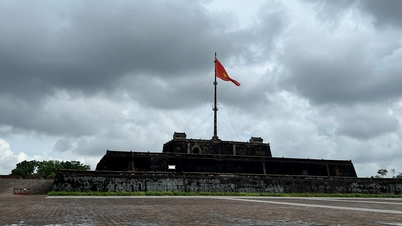
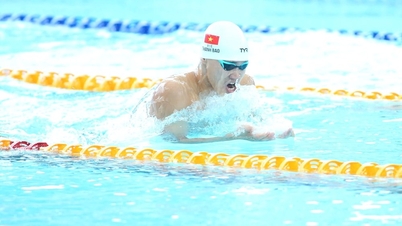

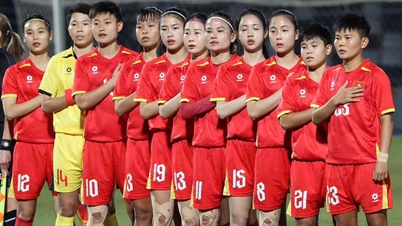
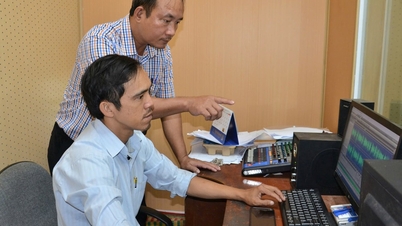

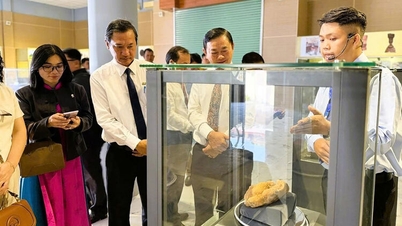

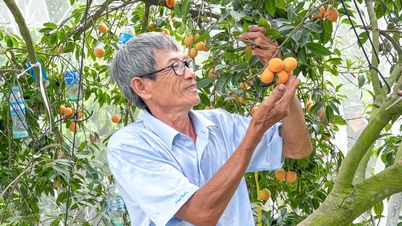

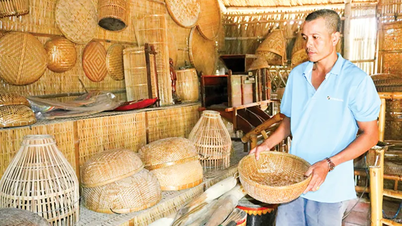

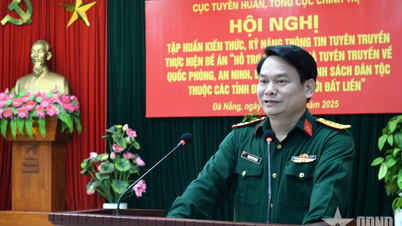

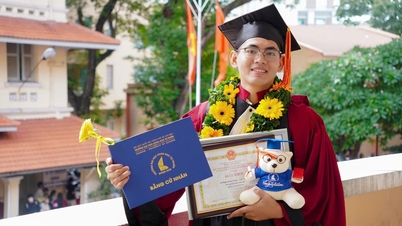

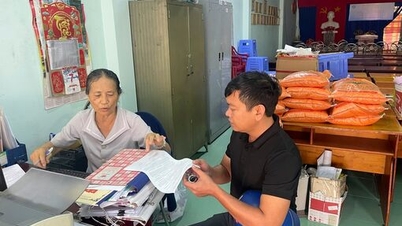

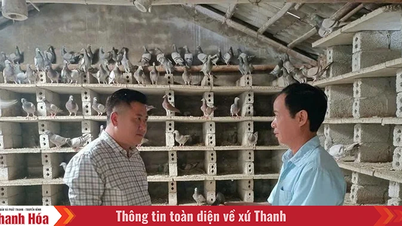

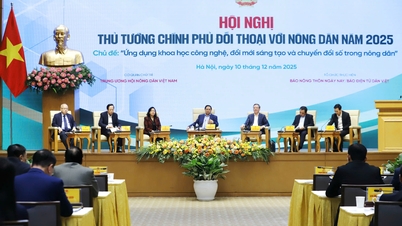


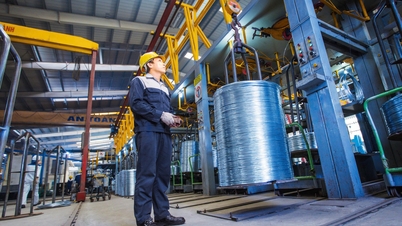

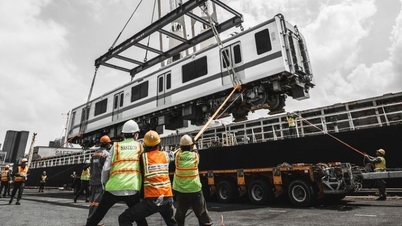
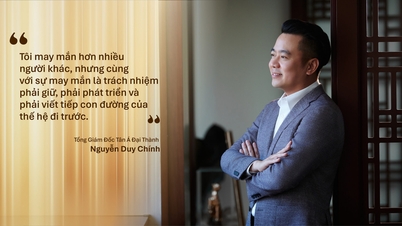









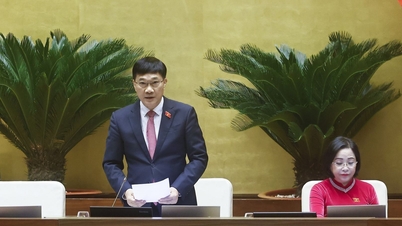

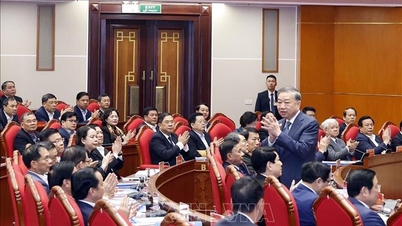
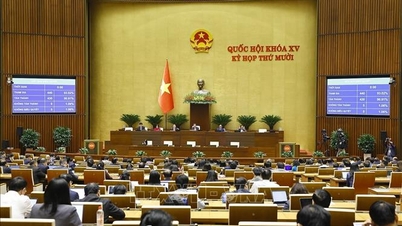
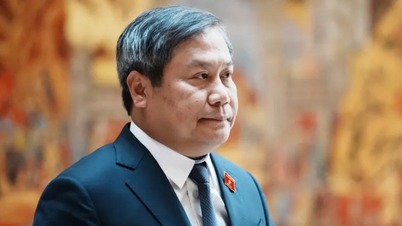
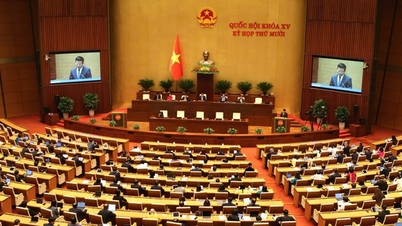

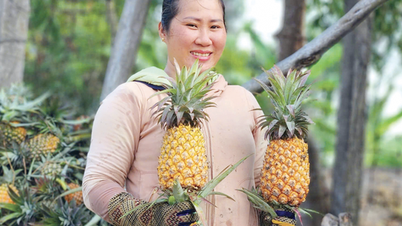
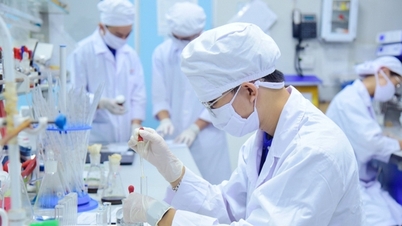
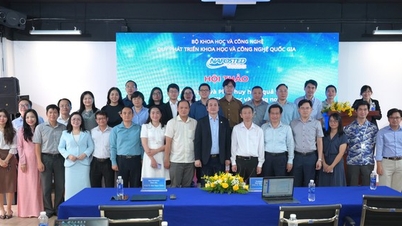
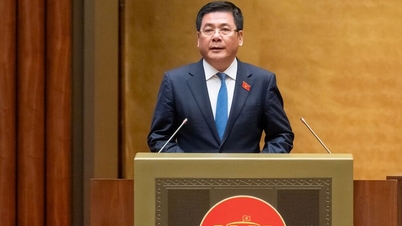

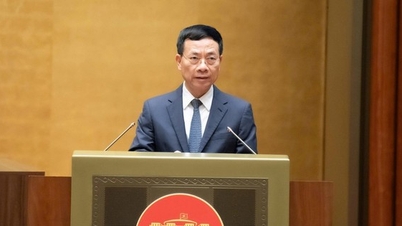
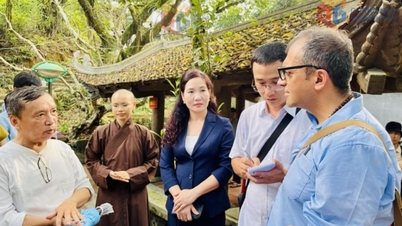

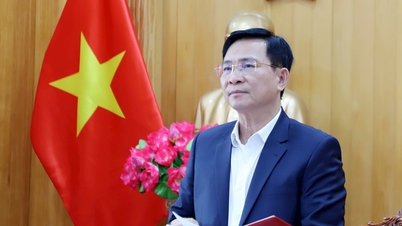

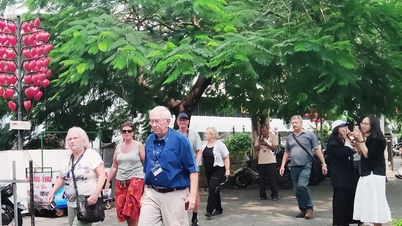

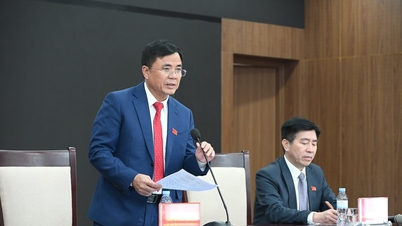


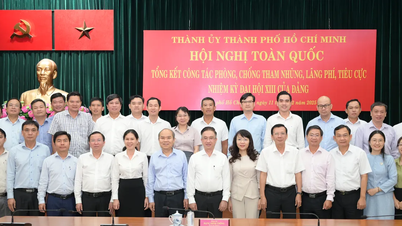










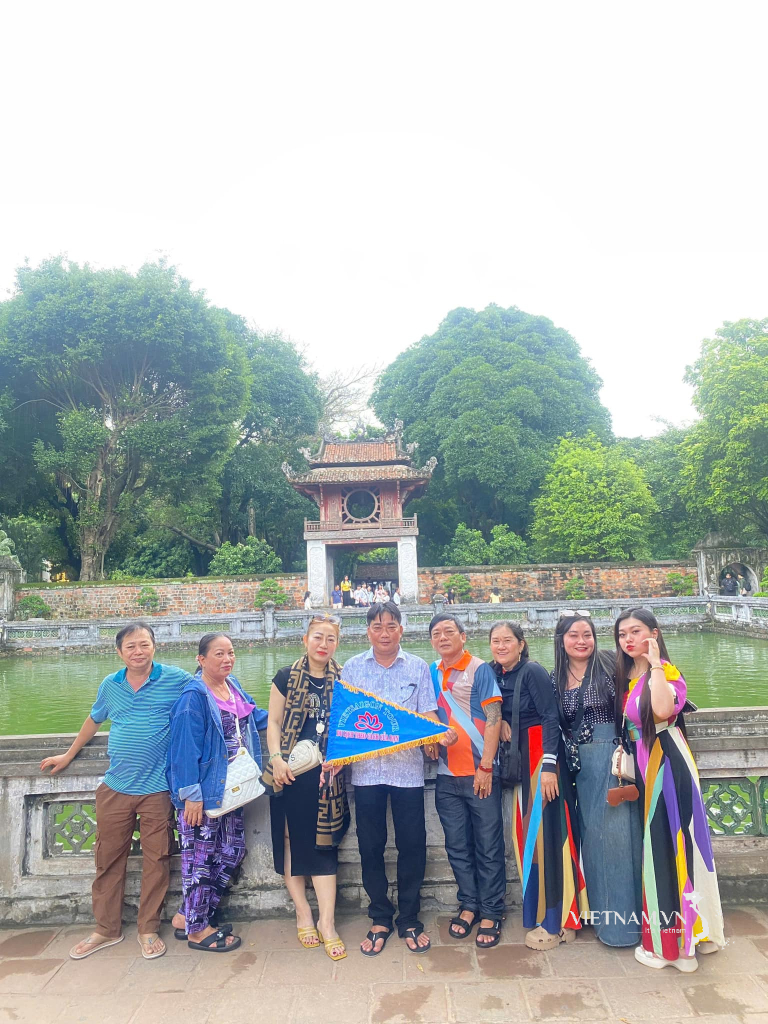







Comment (0)